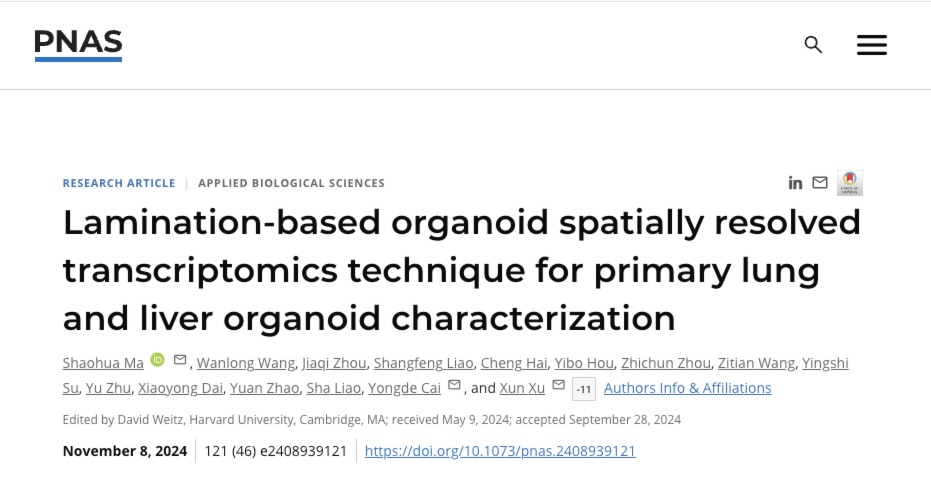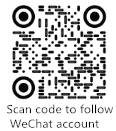Spatial transcriptomic technology has greatly improved biomedical research and scientific characterization of organs and tissues, however, there are times when the technique or method of analysis can be improved dramatically through new research and improved technology.
Researchers from BGI-Research, Tsinghua University, and Synorg Biotechnology (Shenzhen) Co., Ltd. recently presented a new process protocol for organoid characterization termed organoid lamination. When combined with BGI’s independently developed Stereo-seq technology, the researchers developed a new technique, lamination-based organoid spatially resolved transcriptomics (LOSRT), that has the potential to standardize organoid technology and accelerate the use of organoids in precision medicine and pharmaceutical applications.
The findings were published in PNAS, the peer-reviewed journal of the U.S. National Academy of Sciences, as a research article, “Lamination-based organoid spatially resolved transcriptomics technique for primary lung and liver organoid characterization.”

The Study “Lamination-based organoid spatially resolved transcriptomics technique for primary lung and liver organoid characterization” was published in PNAS.
Organoids are tissue-like entities formed by the three-dimensional culture of adult stem cells or pluripotent stem cells in vitro. They provide an important model system for biomedical research and contribute to disease modelling and drug discovery.
However, due to the small size of organoids and the limited number of cells in sectional organ slices, researchers have been constrained by significant information loss when characterizing organoids. The latest BGI co-led research will transform this as the research team has successfully constructed the world’s first organoid spatial-temporal technique based on one-step organoid lamination and BGI’s Stereo-seq technology. The research has demonstrated the techniques on primary mouse lung and liver-derived organoids.
The technique involves the lamination of Droplet Engineered Organoids (DEO). DEOs define cellular activity in nanoliter to submicroliter space, significantly shortening the time to tumor organoid modelling.

Schematic diagram of the fabrication and application of droplet engineered organoids.
The DEOs were laminated through a constant pressure device that transforms three-dimensional organoid cells into two-dimensional cell dispersions. By quantifying the laminated area, number of cells, cell symmetry and cell dispersion, the researchers quantitatively analyzed the results of the mouse lung and liver DEO organoid lamination. The results demonstrated that the lamination under the constant pressure device had better dispersion stability and repeatability than manual operations.

Schematic diagram of LOSRT technology.
The researchers then applied Stereo-seq, BGI’s large field of view and high resolution spatial transcriptomics technology, to undertake transcriptome analysis of the laminated organoids. Stereo-seq combines the principles of spatial transcriptomics and single cell RNA sequencing to provide a comprehensive insight of gene expression patterns within a native context.
The researchers were able to successfully construct spatial transcriptome maps at single cell resolution. By using brightfield and luminescence imaging techniques, they were able to capture contrasting images of live and dead cells in organoids. The images help researchers to observe cellular activity and structural features inside organoids.

Spatial transcriptome of mouse lung organoids using LOSRT.
In addition, the research team studied the spatial distance distribution between different cell types in laminated living organoids through cell proximity analysis, revealing cell-to-cell interactions and communication patterns.
The research team also presented spatial transcriptome data from three groups of mouse lung organoids, highlighting the technology’s powerful ability to elucidate organoid cell composition and distribution patterns, as well as the ability to reproduce consistent results under different experimental conditions. These findings are of great significance for advancing the application of organoid technology in precision medicine and drug development.
The study can be accessed here: https://www.pnas.org/doi/10.1073/pnas.2408939121



